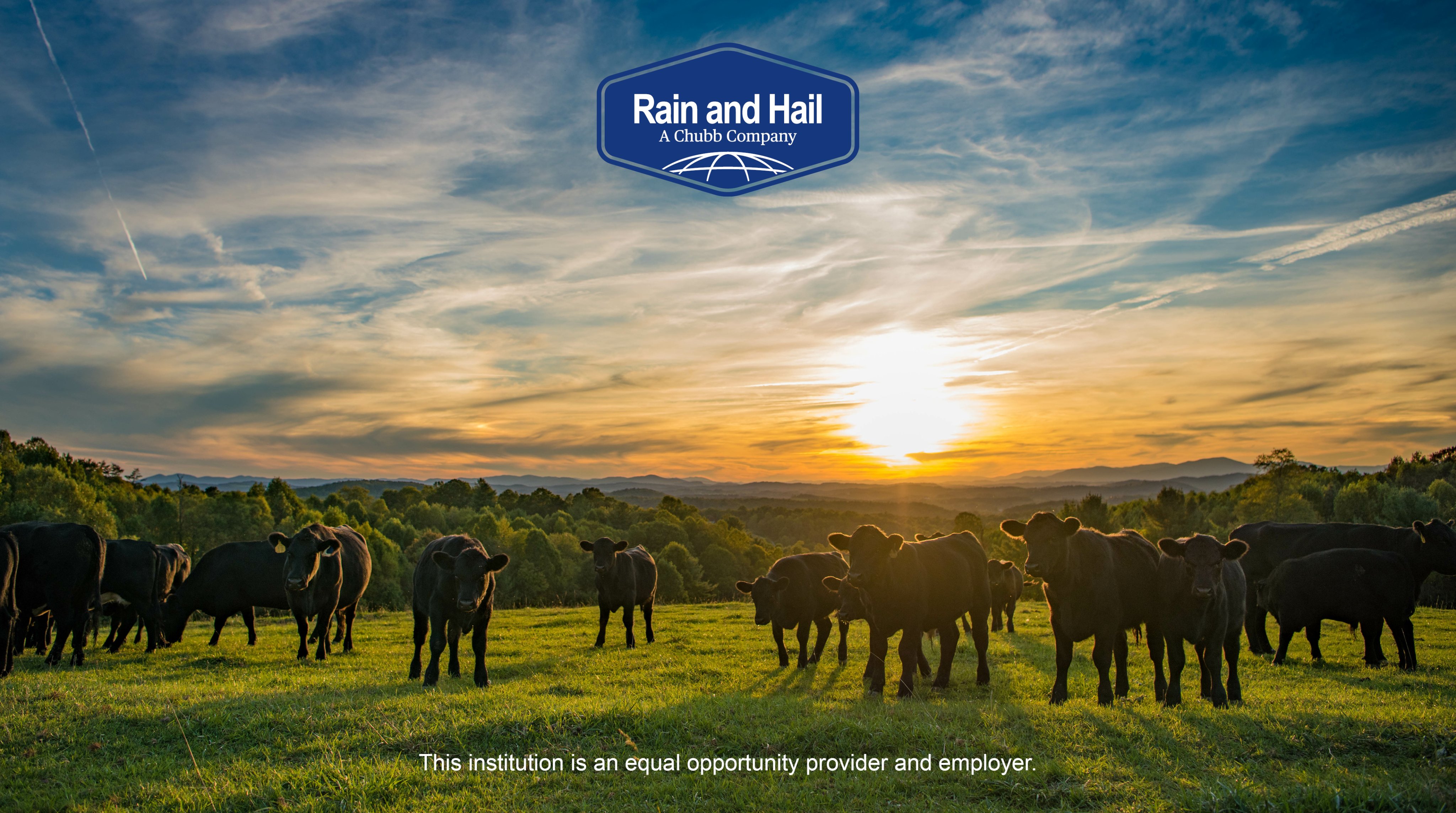Opening Development Prospective: Bagley Risk Management Approaches
Opening Development Prospective: Bagley Risk Management Approaches
Blog Article
Comprehending Animals Threat Defense (LRP) Insurance: A Comprehensive Overview
Browsing the realm of animals threat security (LRP) insurance coverage can be a complex venture for lots of in the farming market. From how LRP insurance functions to the different insurance coverage alternatives readily available, there is much to reveal in this extensive guide that might possibly form the means animals manufacturers come close to threat monitoring in their businesses.

Exactly How LRP Insurance Coverage Works
Periodically, understanding the mechanics of Livestock Danger Security (LRP) insurance policy can be intricate, but breaking down exactly how it works can supply quality for ranchers and farmers. LRP insurance is a risk administration device designed to secure animals producers versus unanticipated rate declines. It's important to keep in mind that LRP insurance coverage is not a revenue warranty; rather, it concentrates exclusively on cost danger security.
Eligibility and Coverage Options

When it comes to protection alternatives, LRP insurance coverage supplies producers the adaptability to pick the coverage level, coverage duration, and recommendations that finest match their risk management requirements. By recognizing the qualification standards and insurance coverage alternatives available, livestock producers can make enlightened choices to take care of danger effectively.
Benefits And Drawbacks of LRP Insurance Policy
When examining Animals Risk Security (LRP) insurance policy, it is vital for animals producers to weigh the disadvantages and advantages intrinsic in this risk monitoring device.

One of the primary benefits of LRP insurance coverage is its capacity to supply security versus a decline in livestock prices. This can help protect producers from monetary losses arising from market variations. Furthermore, LRP insurance coverage uses a degree of flexibility, allowing producers to personalize protection levels and plan periods to suit their details needs. By securing a guaranteed price for their animals, producers can much better handle danger and strategy for the future.
However, there are also some drawbacks to consider. One limitation of LRP insurance is that it does not protect versus all sorts of risks, such as disease break outs or natural catastrophes. In addition, costs can sometimes be costly, specifically for manufacturers with big livestock herds. It is critical for producers to index thoroughly evaluate their private danger exposure and economic circumstance to identify if LRP insurance coverage is the appropriate danger monitoring device for their operation.
Comprehending LRP Insurance Policy Premiums

Tips for Making Best Use Of LRP Advantages
Optimizing the advantages of Livestock Threat Protection (LRP) insurance coverage needs critical preparation and positive danger monitoring - Bagley Risk Management. To make the most of your LRP coverage, take into consideration the following suggestions:
Consistently Analyze Market Conditions: Stay informed about market trends and cost fluctuations in the livestock industry. By keeping track of these elements, you can make educated decisions about when to purchase LRP coverage to protect versus possible losses.
Establish Realistic Protection Degrees: When picking protection levels, consider your manufacturing costs, market price of animals, and possible dangers - Bagley Risk Management. Setting practical protection levels makes sure that you are adequately secured without overpaying for unnecessary insurance policy
Expand Your Protection: As opposed to counting exclusively on LRP insurance coverage, consider expanding your danger management approaches. Incorporating LRP with other threat administration tools such site link as futures agreements or choices can offer extensive coverage against market uncertainties.
Evaluation and Adjust Insurance Coverage Consistently: As market conditions transform, regularly assess your LRP protection to guarantee it lines up with your existing risk direct exposure. Adjusting insurance coverage levels and timing of acquisitions can help enhance your risk security strategy. By complying with these tips, you can maximize the benefits of LRP insurance and protect your animals operation versus unexpected threats.
Conclusion
Finally, livestock danger defense (LRP) insurance is a useful device for farmers to handle the monetary threats associated with their livestock procedures. By recognizing how LRP works, qualification and protection options, in addition to the pros and disadvantages of this insurance, farmers can make educated decisions to safeguard their resources. By meticulously thinking about LRP costs and applying strategies to make best use of advantages, farmers can mitigate potential losses and guarantee the sustainability of their operations.
Livestock producers interested in acquiring Livestock Danger discover this Security (LRP) insurance policy can discover a range of qualification standards and insurance coverage alternatives customized to their details animals procedures.When it comes to insurance coverage choices, LRP insurance coverage uses manufacturers the versatility to select the coverage level, coverage period, and endorsements that finest match their threat monitoring demands.To comprehend the details of Animals Danger Protection (LRP) insurance fully, recognizing the variables affecting LRP insurance coverage premiums is important. LRP insurance policy costs are established by various elements, consisting of the insurance coverage level chosen, the anticipated cost of livestock at the end of the insurance coverage duration, the type of animals being insured, and the size of the insurance coverage period.Review and Readjust Coverage Routinely: As market conditions alter, regularly review your LRP insurance coverage to ensure it aligns with your present threat exposure.
Report this page